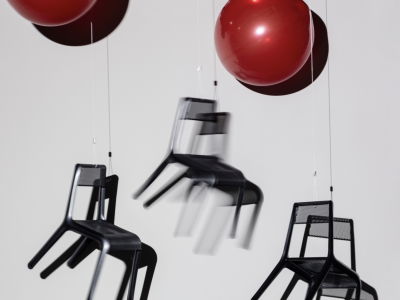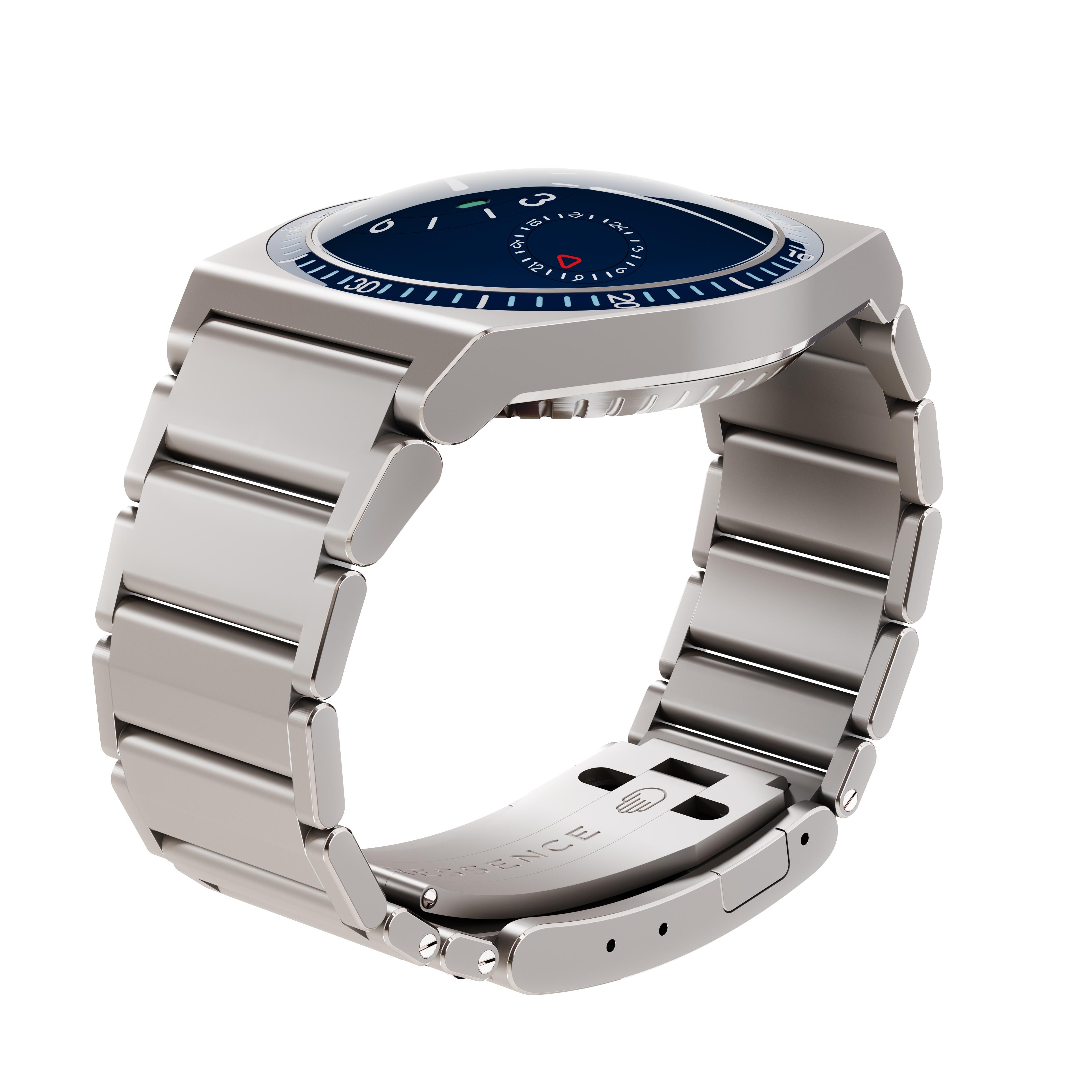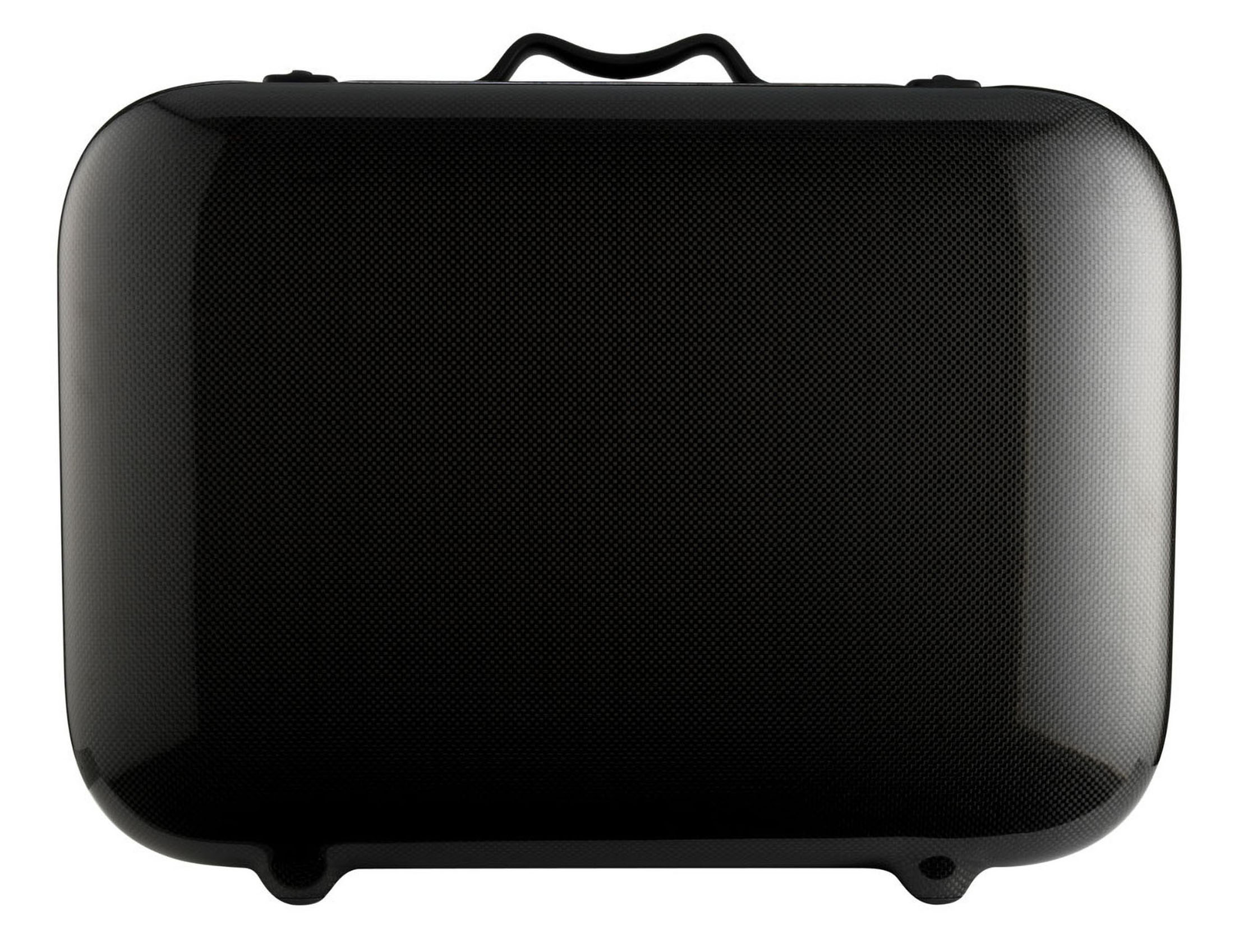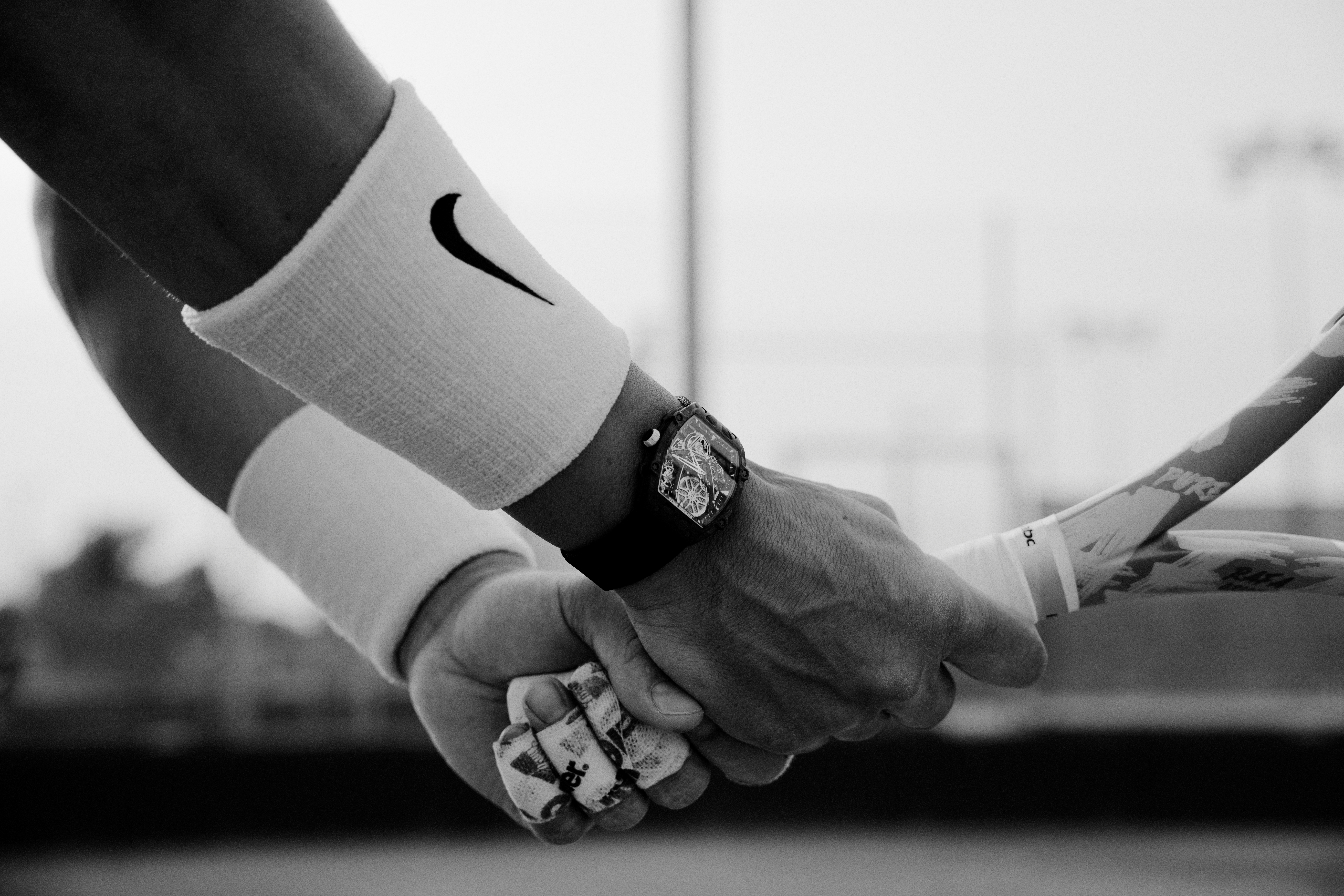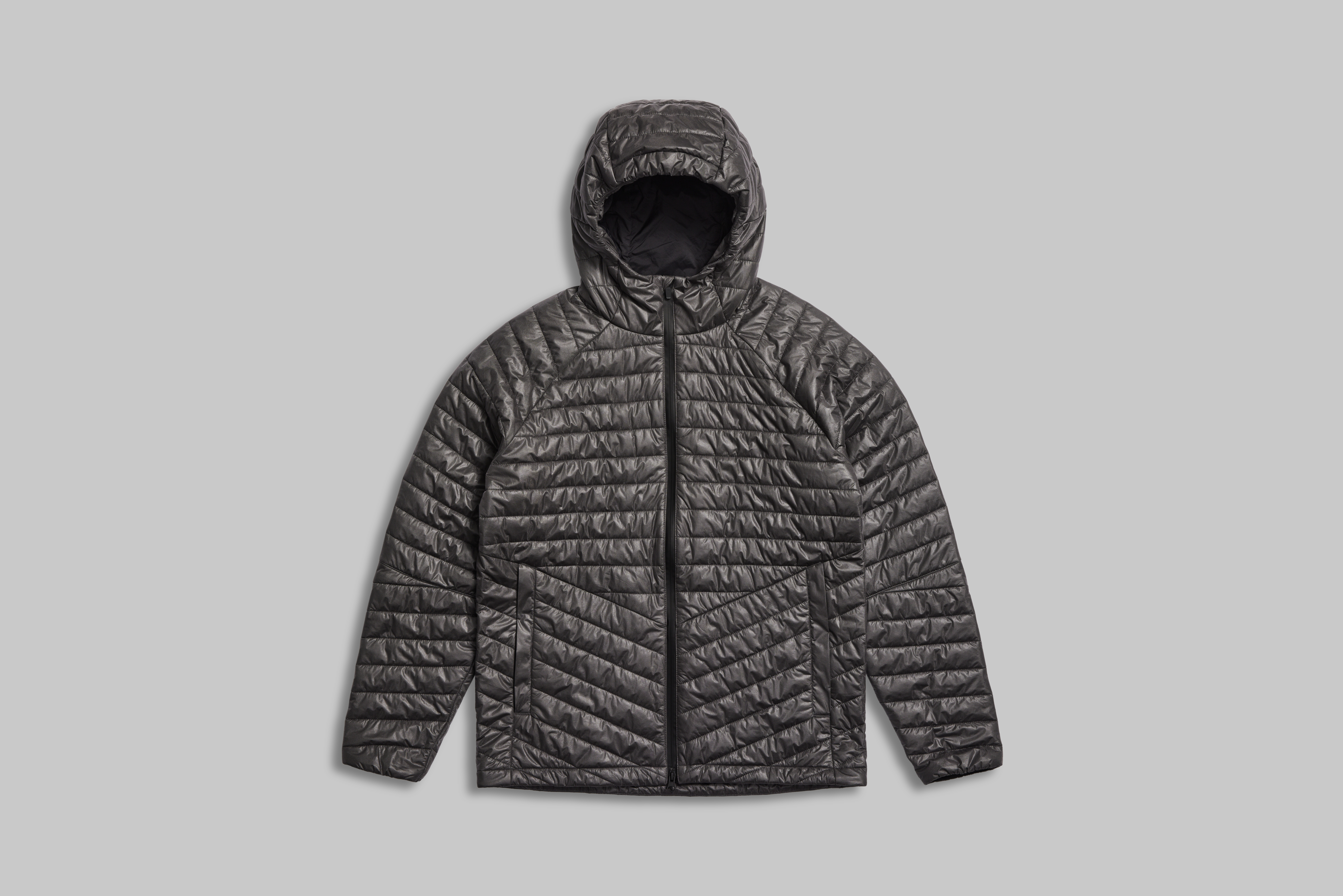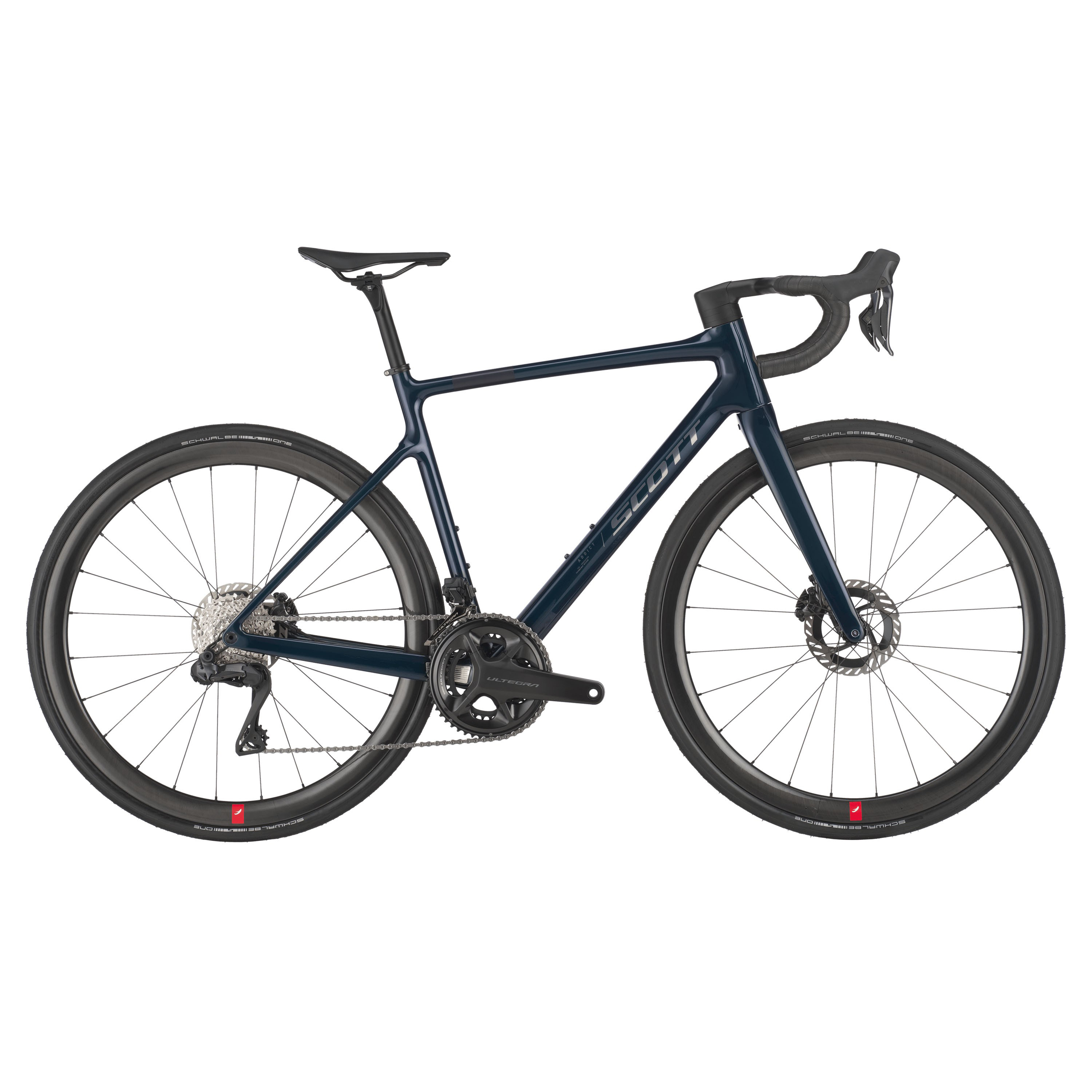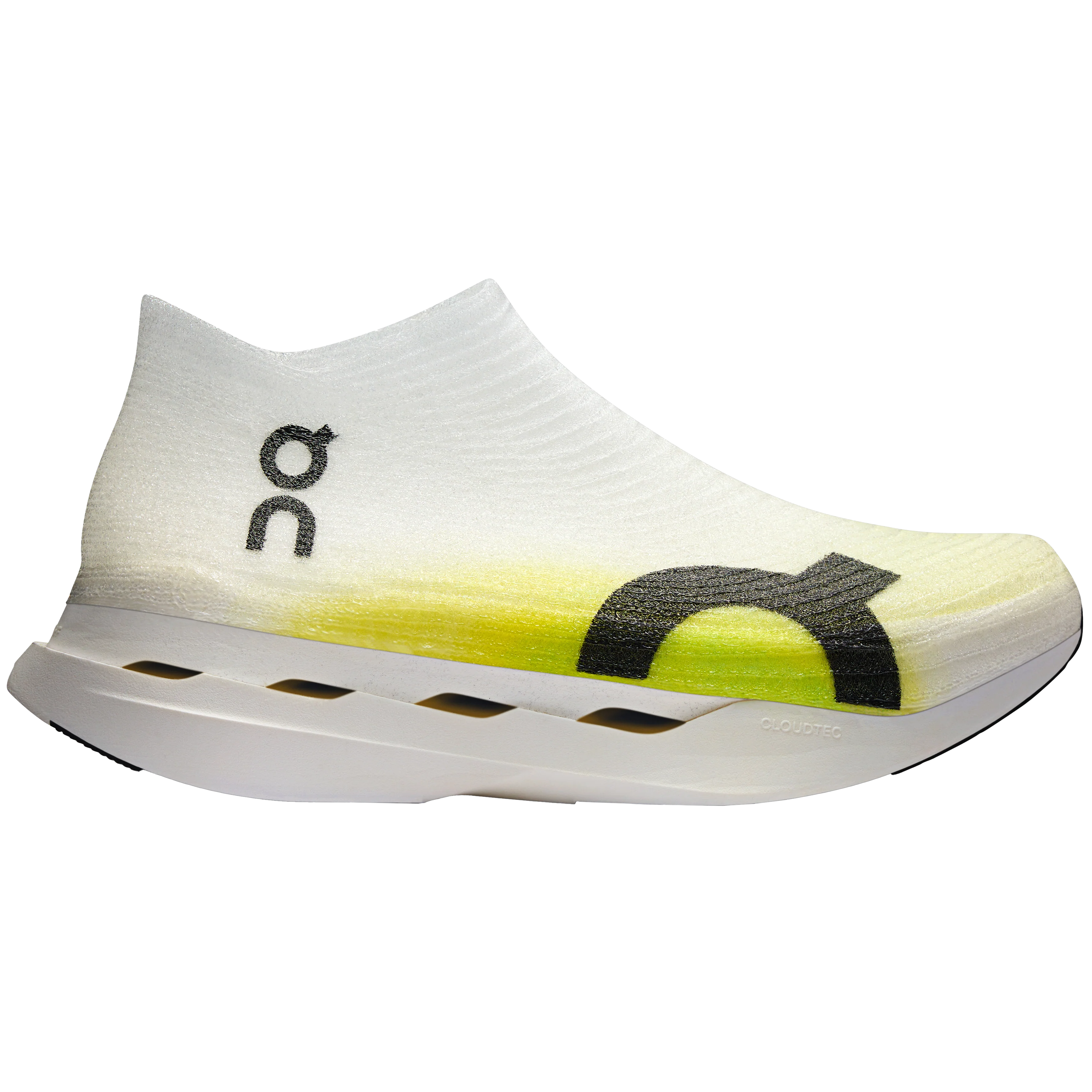The product designer Benoît Mintiens admits he gets tired of explaining why his latest watch, the Ressence Type 7, which has a full titanium case and bracelet, is quite so light. “People ask me if there is anything in it,” he chuckles. “Then again, they’ve usually just been looking at Rolexes. We’re used to associating weight with luxury or higher quality. But in design and manufacturing terms, weight is just a cheap way of suggesting that. The association doesn’t actually hold.”
Indeed, it’s an interrelation that is breaking down. The last year has seen the launch of a flurry of products claiming to be the world’s lightest, ranging from On’s Cloudboom running shoe to Lenovo’s AI laptop, from Samsonite’s suitcase to Scott’s road bike and Helly Hansen’s down jacket. In the few years prior, we’ve seen the McLaren Elva, the world’s lightest-ever road car, the Ultraleggera, the world’s lightest production chair and the Ming LW.01, the world’s lightest mechanical watch. Fellow watchmaker Richard Mille has emphasised that its watches are so lightweight that its long-term ambassador, Rafael Nadal, has been able to play tennis while wearing one.
